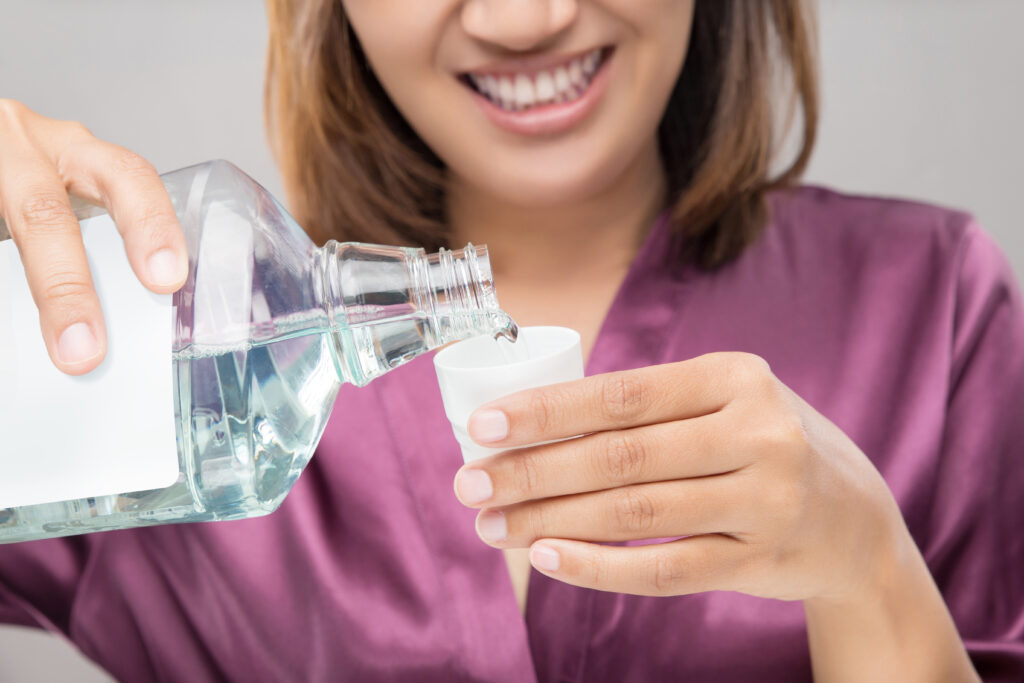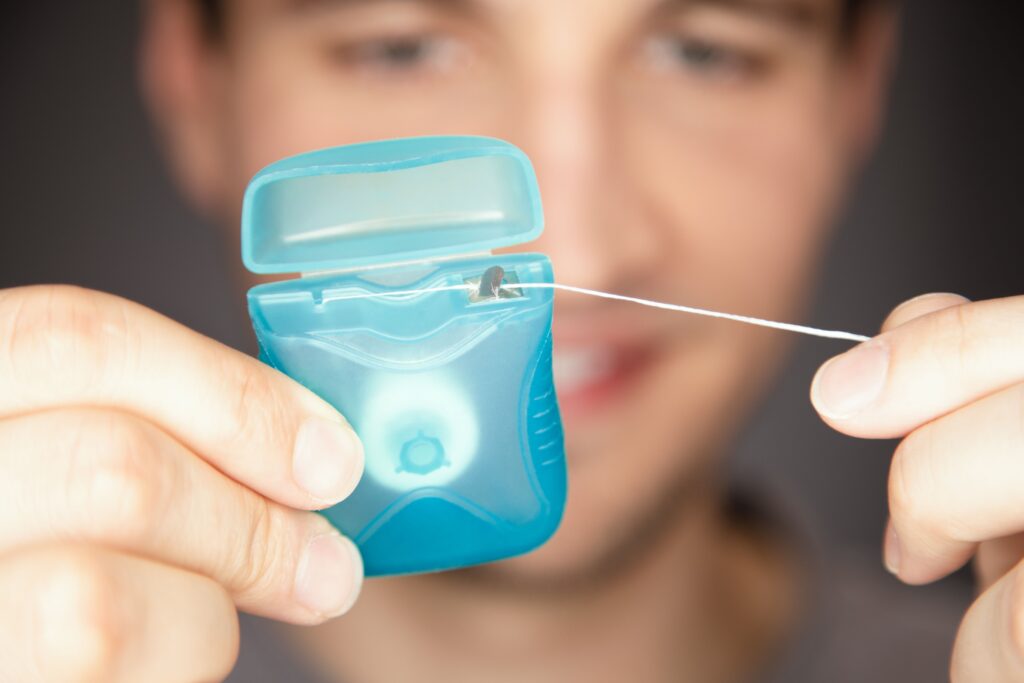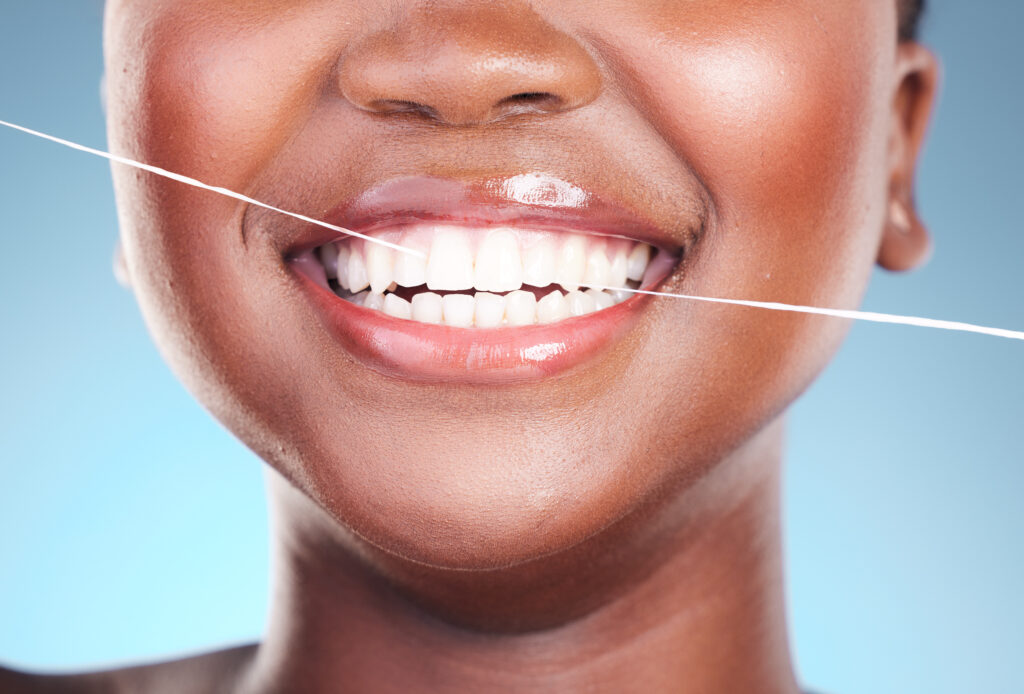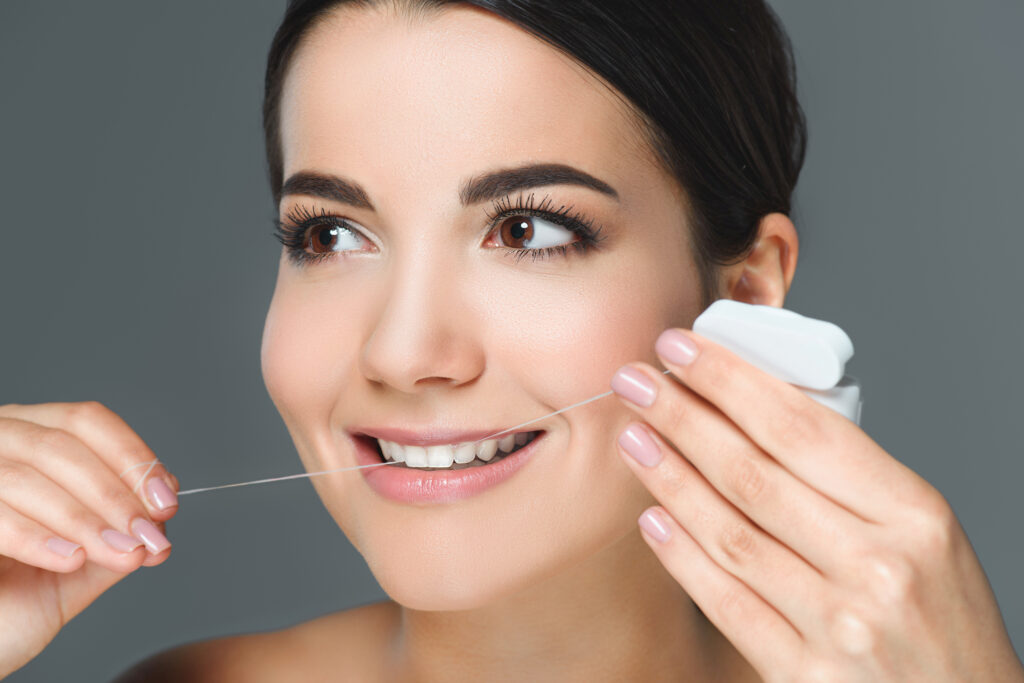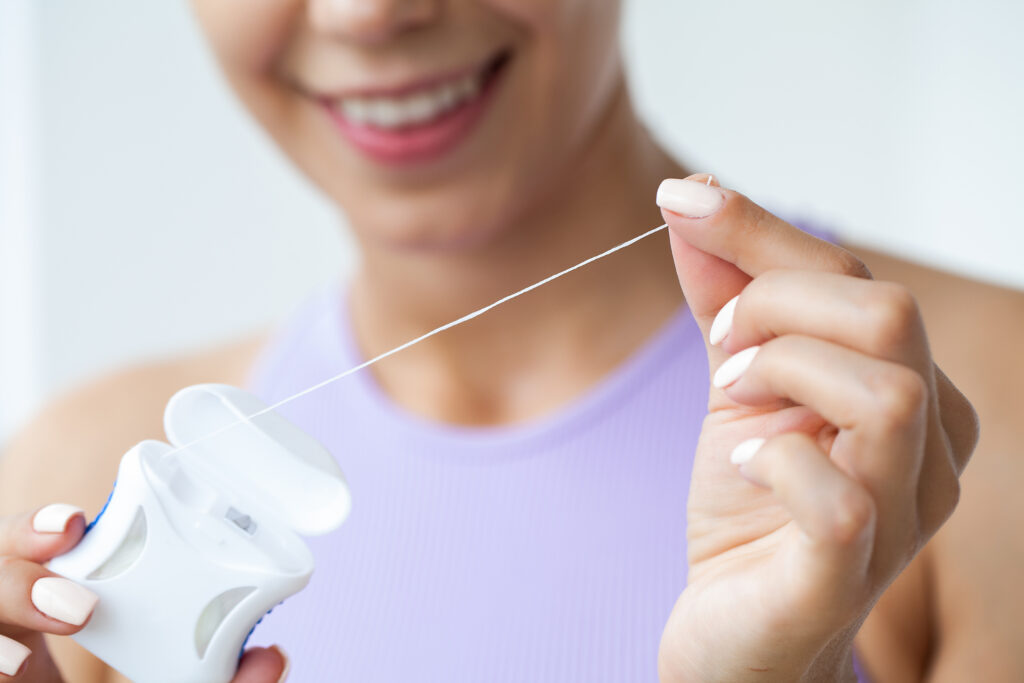Maintaining a clean toothbrush free from bacteria is crucial for good oral hygiene. To disinfect your toothbrush effectively, start by thoroughly rinsing it with tap water after each use to remove any toothpaste residue or debris. This step helps to flush out bacteria and food particles that might be trapped in the bristles.
In addition to regular rinsing, consider periodic soaking of your toothbrush. You can immerse the toothbrush head in an antibacterial mouthwash for about 10 minutes, allowing the mouthwash’s antibacterial properties to kill bacteria on the bristles. After the soaking, make sure to rinse the toothbrush with water before using it again. Another option is to create a solution by mixing equal parts hydrogen peroxide and water. Soak the toothbrush head in this solution for around 10 minutes, as hydrogen peroxide can effectively eliminate bacteria. Following the soaking, rinse the toothbrush thoroughly with water before the next use.
Remember that toothbrushes should be replaced every three to four months, or even sooner if the bristles become frayed or worn. By incorporating these simple yet effective disinfection methods into your oral care routine, you can keep your toothbrush disinfected and minimize the risk of bacterial buildup.
How Do I Keep My Toothbrush Safe From Bacteria?
Keeping your toothbrush safe from bacteria is essential for maintaining good oral hygiene. Here are a couple of key practices to follow:
Firstly, proper storage is crucial. After brushing your teeth, rinse your toothbrush thoroughly with tap water to remove any toothpaste residue or debris. Then, shake off the excess water and allow the toothbrush to air dry in an upright position. Avoid storing it in a closed container or covering it with a toothbrush cap, as this can create a damp environment that promotes bacterial growth. Instead, let it dry naturally in an open area with good airflow.
Secondly, avoid cross-contamination by keeping your toothbrush separate from others. Ensure that each family member has their own toothbrush and that they are stored in separate compartments or holders to prevent contact between the bristles. Additionally, avoid sharing toothbrushes with others, as this can transfer bacteria and increase the risk of infections.
How Long Can Bacteria Live On A Toothbrush?
The lifespan of bacteria on a toothbrush can vary depending on several factors, including environmental conditions and the type of bacteria present. Generally, bacteria can survive on a toothbrush for a short period, ranging from a few hours to a few days. However, it’s important to note that the presence of bacteria does not necessarily mean it poses an immediate health risk. The mouth contains a diverse range of bacteria, including both beneficial and potentially harmful species. Proper oral hygiene practices, such as rinsing the toothbrush thoroughly after each use and allowing it to air dry, can help minimize bacterial growth. Additionally, regularly replacing your toothbrush every three to four months or sooner if the bristles become frayed can help maintain cleanliness and reduce the risk of bacterial buildup.
Do Toothbrush Sanitizers Work?
Toothbrush sanitizers are designed to eliminate or reduce bacteria, viruses, and other pathogens that may be present on a toothbrush. These devices typically use ultraviolet (UV) light to sanitize the toothbrush bristles. While toothbrush sanitizers can effectively kill some bacteria and microorganisms, it is important to note that they may not completely sterilize the toothbrush. They can significantly reduce the number of bacteria present, but they may not eliminate all types of pathogens.
Conclusion
In conclusion, taking appropriate measures to keep your toothbrush safe from bacteria is crucial for maintaining good oral hygiene. By rinsing your toothbrush thoroughly, allowing it to air dry, and storing it separately from other toothbrushes, you can minimize the risk of bacterial contamination. While bacteria can survive on a toothbrush for a short period, practicing these hygiene habits can help reduce bacterial growth. Additionally, toothbrush sanitizers can be a useful tool in reducing bacteria on your toothbrush, but they may not completely sterilize it. Incorporating these practices into your oral care routine and replacing your toothbrush regularly will contribute to a cleaner and healthier oral environment.



